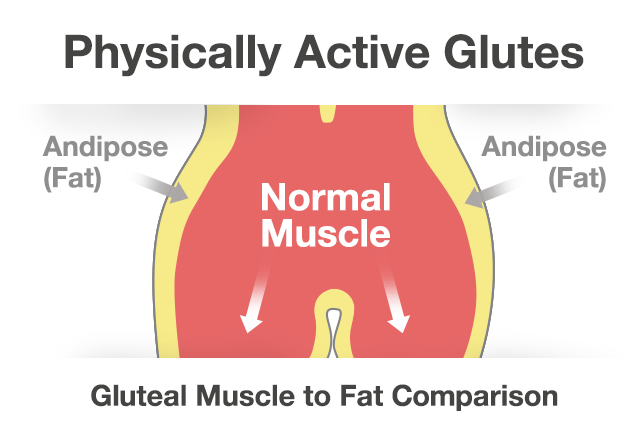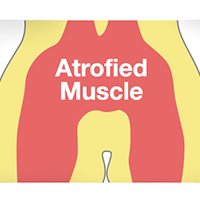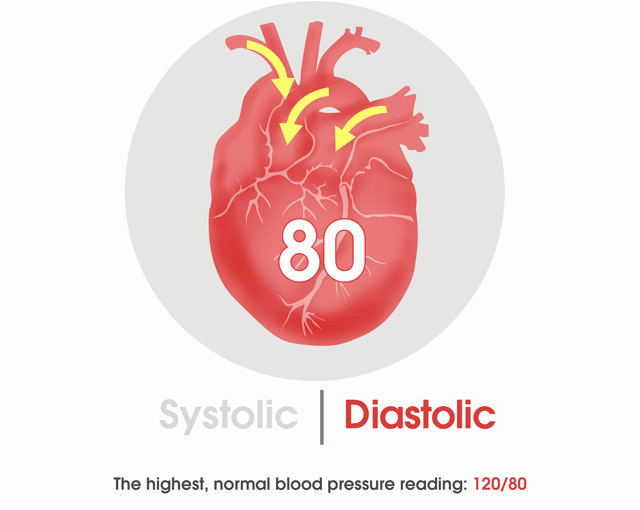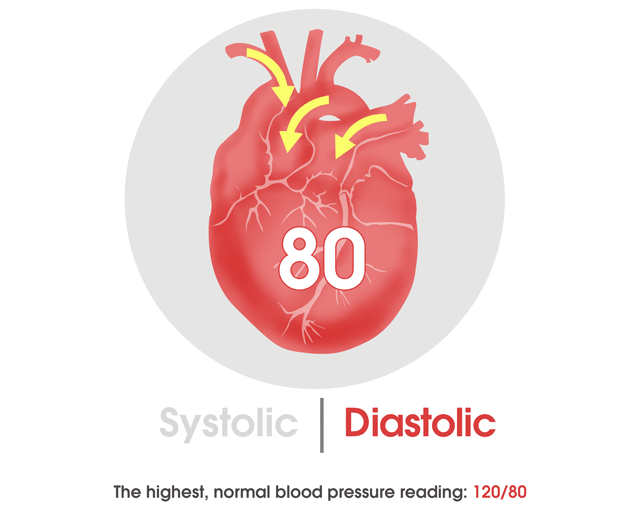
 Have you heard about something the media is calling “dormant butt syndrome”? (AKA “gluteal amnesia” or “pancake tush” or “secretarial spread.”) These funny names refer to a serious condition characterized by tight hip flexors and weak gluteal muscles, as a result of sitting for prolonged periods.
Have you heard about something the media is calling “dormant butt syndrome”? (AKA “gluteal amnesia” or “pancake tush” or “secretarial spread.”) These funny names refer to a serious condition characterized by tight hip flexors and weak gluteal muscles, as a result of sitting for prolonged periods.
A recent study published by Wexner Medical Center at The Ohio State University suggests dormant butt syndrome may be the surprising cause of pain in the knee, back and hip. How so? When those major muscles are compromised, others must work harder to compensate, which may lead to discomfort or injury in the middle and lower body.
As a remedy, experts recommend unseated activity (such as working at a standing desk), stretches, lunges and other exercises to strengthen glutes.
Find out more about conditions connected to “sitting disease” in the scientific research section of this website.





